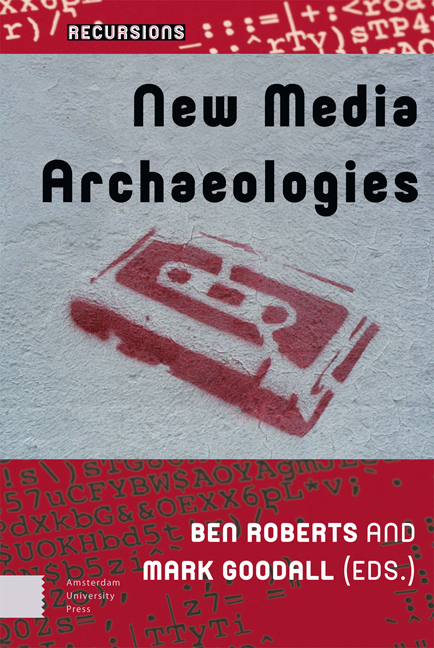5 - Cinema, Motion, Energy, and Entropy
Published online by Cambridge University Press: 21 November 2020
Summary
Abstract
For nearly one hundred years, we have been discussing the cinema primarily from the perspective of photography, organizing our theories around iconic realism and the indexical-physical link to that which it represents: cinema as primarily an ocular dispositif, theorized either in terms of projection and transparency, or as a recording dispositif, to be understood in terms of imprint and trace. However, photography, as a photo-chemical process, involving the registration of light on a sensitive surface is an increasingly obsolete imaging technology, also for the cinema. What might be needed is a film history, conceived as a ‘media archaeology’, to enable a different future: one that includes thinking about cinema in terms of motion and energy, animation and agitation, agency and automatism.
Keywords: Media Archaeology, Cinema, Energy, Animation, Agency, Automatism
For nearly a century, we have been discussing cinema primarily from the perspective of photography. Organizing our questions and theories around iconic realism and the indexical-physical link that ties a photograph to that which it represents, we have debated cinema in terms of truth and illusion, image and representation, and we have considered cinema as a primarily ocular dispositif, theorized either in terms of projection and transparency or a recording dispositif, to be understood in terms of imprint and trace.
If the problem of a history of cinema is that it relies almost exclusively on photography as its founding genealogy, then what we might need is a different ‘archaeology’ to enable a different future: one that not only goes beyond the ‘death of cinema’, but also acknowledges the changing function of the moving image for our information society, our service industries, our memory cultures, and our ‘creative industries’ more generally.
A Different Media Archaeology of Cinema?
Until roughly the 1990s, the foundational genealogies of cinema would have been organized around the persistence of vision, photography, and the projection arts. From today's perspective, not only are these three lines of descent inaccurate and lacunary, perhaps more importantly, they are non-foundational and contingent.
To give one example from the so-called persistence of vision: the impression of movement in cinema is not based on a retinal afterimage, but on one of the many perceptual (rather than optical) illusions by which our brain tries to anticipate the future.
- Type
- Chapter
- Information
- New Media Archaeologies , pp. 107 - 134Publisher: Amsterdam University PressPrint publication year: 2019



